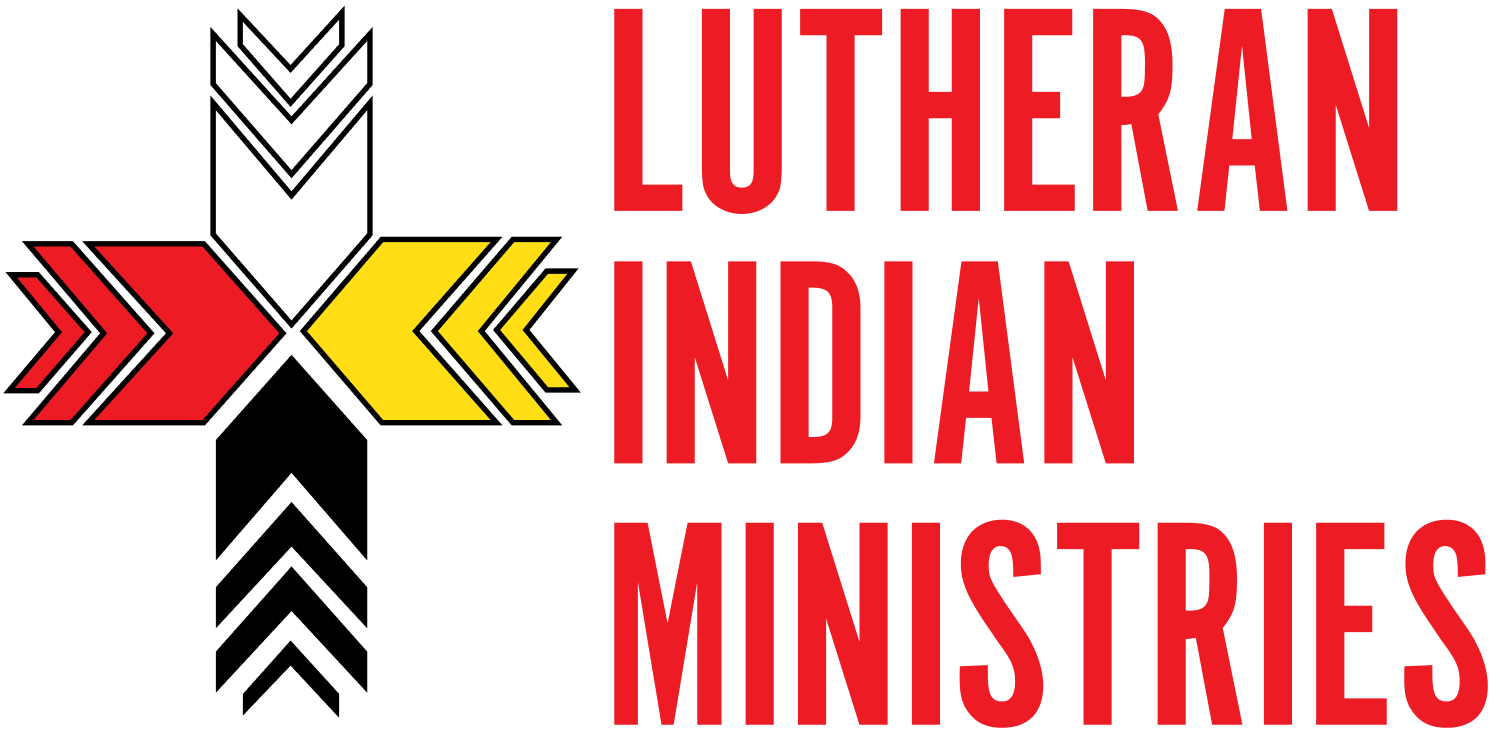This Week in Native American News (2/8/19): Parkas, Mardi Gras, and a different take on History
February 8, 2019
United Keetoowah Band project focuses on healing opioid addiction
According to the National Institute on Drug Abuse, more than 130 people in the U.S. die every day due to overdosing on opioids.
United Keetoowah Band of Cherokee Indians tribal members gained access to several health services centered on overcoming addiction and mental health struggles with the tribe’s new pilot project, the UKB Opioid Healing Project.
“We call this the UKB Opioid Healing Project to highlight how we can heal, versus viewing addiction and abuse as a sole pathological or neuro-chemical addiction and abuse pattern,” said Dr. Steven Byers, project coordinator.
Read the Full Story Here
David Treuer’s Rebellious New History of Native American Life
The novelist and academic David Treuer writes that his latest work emerged from “the simple, fierce conviction that our cultures are not dead and our civilizations have not been destroyed.” Photograph by Dan Koeck
In his book, Treuer laments “the legendary mist of Indian misery” that his students found in Alexie’s story (and their quickness to group together experiences of historic oppression). “How does one escape this all-pervading thing, exoticized foreknowledge?” he writes. “User’s Manual” was in part a provocation—a younger writer’s critique of established Native American writers like Alexie, Louise Erdrich, and Leslie Marmon Silko. His claim that Native American writing was read more for its cultural authenticity than as literature—he calls Alexie’s “Reservation Blues” “a curriculum designed for an outsider”—at times came off as hubristic takedown. As Alexie once protested in the Times, “What he’s saying is that the identity of the writer doesn’t count.”
Now, in a new book, “The Heartbeat of Wounded Knee: Native America from 1890 to the Present,” Treuer hopes to counter the narrative of tragedy from a historical perspective. With a dose of his old contrarianism tempered by a more magnanimous mission, he offers a rebuttal to Dee Brown’s statement, in his landmark 1970 history, “Bury My Heart at Wounded Knee,” that between 1860 and 1890 “the culture and civilization of the American Indian was destroyed.” Treuer’s latest work, he writes, emerged from “the simple, fierce conviction that our cultures are not dead and our civilizations have not been destroyed.”
Read the Full Story Here
Canada Goose Launches A New Parka Collection Made By Canadian Inuit Designers And It's Stunning
Canada Goose’s Project Atigi Collection deisgned by Inuit Designers. (@CanadaGoose | Instagram)
On February 1st, luxury outerwear brand Canada Goose unveiled their latest, one-of-a-kind collection to the world. The line, called Project Atigi, is a social entrepreneurship initiative by Canada Goose to give opportunity back to its birthplace in Canada's north. The company commissioned 14 Canadian Inuit seamstresses to design and create the parkas from start to finish.
The designers are from four Inuit regions in northern Canada, in Nunavut, Northwest Territories, Quebec and Newfoundland and Labrador. The outerwear line combines the iconic look of the Inuit Amauti parka with luxurious Canada Goose materials. According to CBC, the parkas are limited-edition and will sell for $5000 to $7500 each.
Canada Goose won't see a dime of the profits, either. All sale proceeds from the Project Atigi line will go directly to Inuit Tapiriit Kanatami (ITK), an advocacy organization for Canada's Inuit.’
Read the Full Story Here
A Dazzling Mardi Gras Spectacle
PHOTO: ERIKA GOLDRING
By the time the first Mardi Gras after Hurricane Katrina rolled around in 2006, fewer than half of the Crescent City’s residents had returned. Photographer Erika Goldring, though, had stayed, and in the storm’s aftermath befriended Monk Boudreaux, the Big Chief of the Golden Eagle tribe of Mardi Gras Indians. These groups of revelers spend months making their elaborate, hand-beaded costumes, new ones each year, then parade on Mardi Gras, on Super Sunday—the Sunday closest to St. Joseph’s Day, in March—and on St. Joseph’s night, a tradition dating to the 1800s that is said to have begun as a tribute to the Native Americans in Louisiana who helped the enslaved escape.
Read the Full Story Here
It's hard to fit so much news in such a small space.
To read all of this week's news, visit the LIM Magazine.
Sign up to get these emails in your inbox and never miss a week again!





